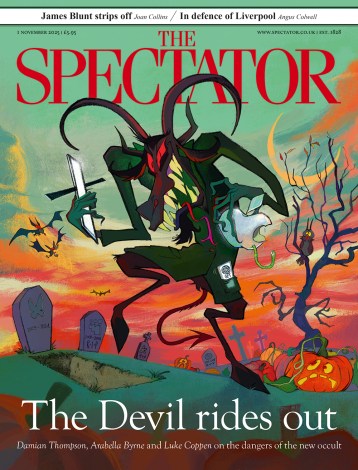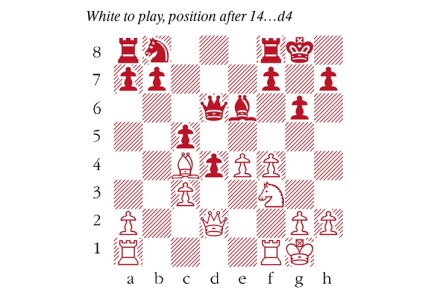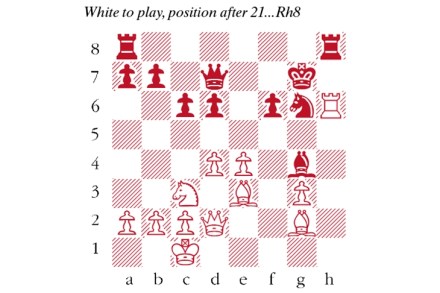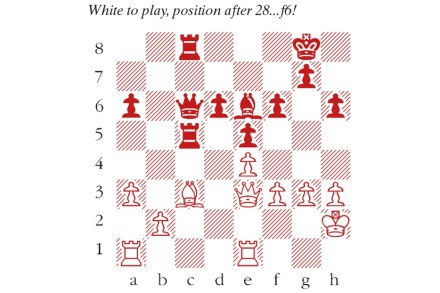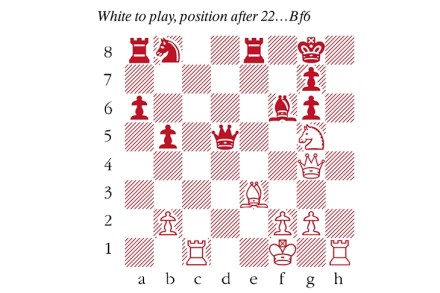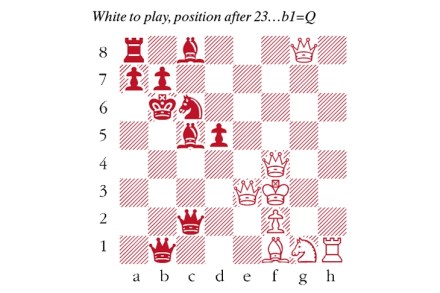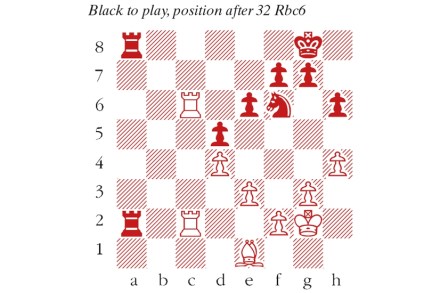Carlsen vs Nakamura
Facing Magnus Carlsen, you have two problems. The first is obvious — he’s the best player in the world. The second lies in your awareness of the first. Countless players have seemed bewitched by the world champion, drained of the confidence needed to push for a win. In a single game, a strong grandmaster may

